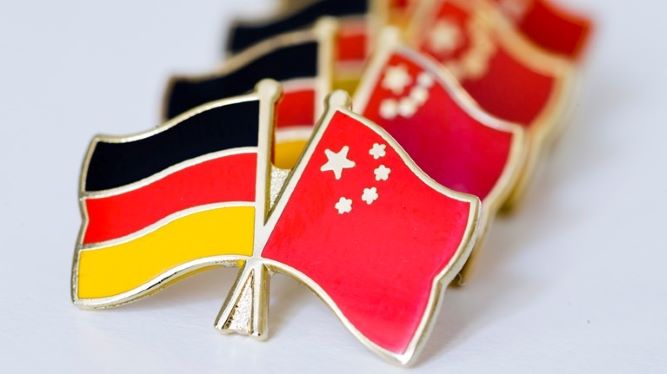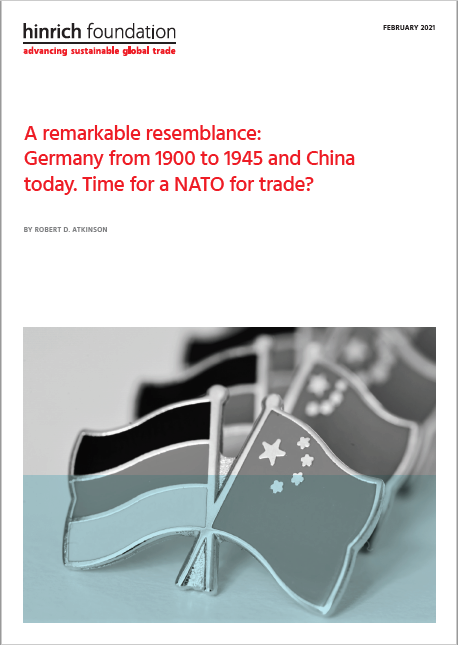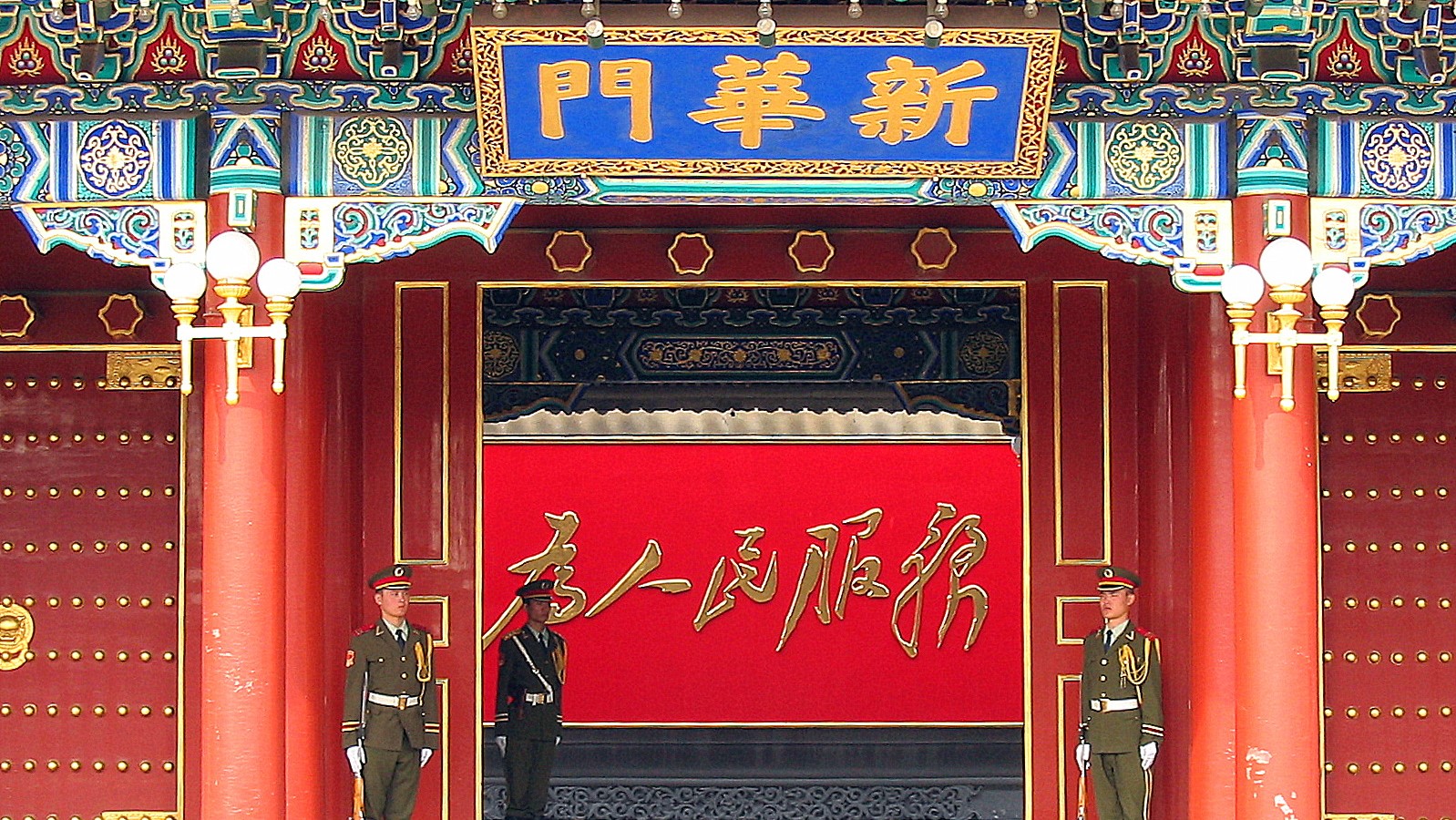US-China trade
A remarkable resemblance: Germany from 1900 to 1945 and China today
Published 18 February 2021
China’s trade policy is guided neither by free trade nor protectionism, but by power trade, with remarkably similar tactics to those of Germany in the first decades of the twentieth century. But the answer to China’s challenge is not deglobalization. Rather, the formation of a “NATO for trade” would be more effective to counter Beijing’s predatory trade practices.
This paper was originally published in the Fall 2020 issue of The International Economy magazine.
The issue of China trade has taken up most of the trade policy oxygen for the last four years as the United States and China deepened their trade war, and it is unlikely that a new Biden administration will go back to a pre-Trump era vis-à-vis China trade. Yet crafting the right response to China’s “innovation mercantilism” is difficult because it appears liberal democracies have never faced such an adversary before.
In this new paper, Robert D. Atkinson, founder and president of the Information Technology and Innovation Foundation (ITIF), observes that liberal democracies have previously faced such an adversary: Germany for the first forty-five years of the twentieth century. As influential development economist Albert O. Hirschman wrote in 1941, Germany was neither a free trader nor a protectionist. It was a “power trader” that used trade as a key tool to gain commercial and military advantage over its adversaries. Likewise, China’s trade policy is guided neither by free trade nor protectionism, but by power trade, with remarkably similar tactics to those of Germany. Understanding Germany's earlier economic strategy can shed light and point the way for solutions to the China challenge. It is time, Atkinson argues, for the formation of a “NATO for trade”.
© The Hinrich Foundation. See our website Terms and conditions for our copyright and reprint policy. All statements of fact and the views, conclusions and recommendations expressed in this publication are the sole responsibility of the author(s).







